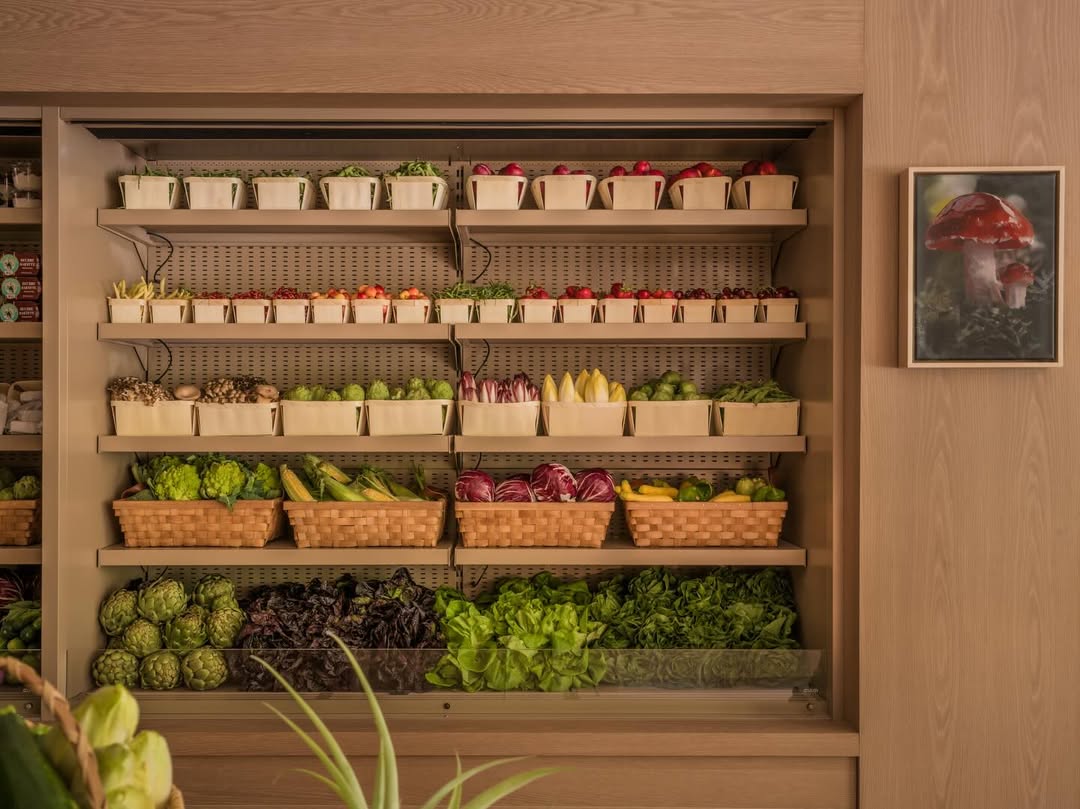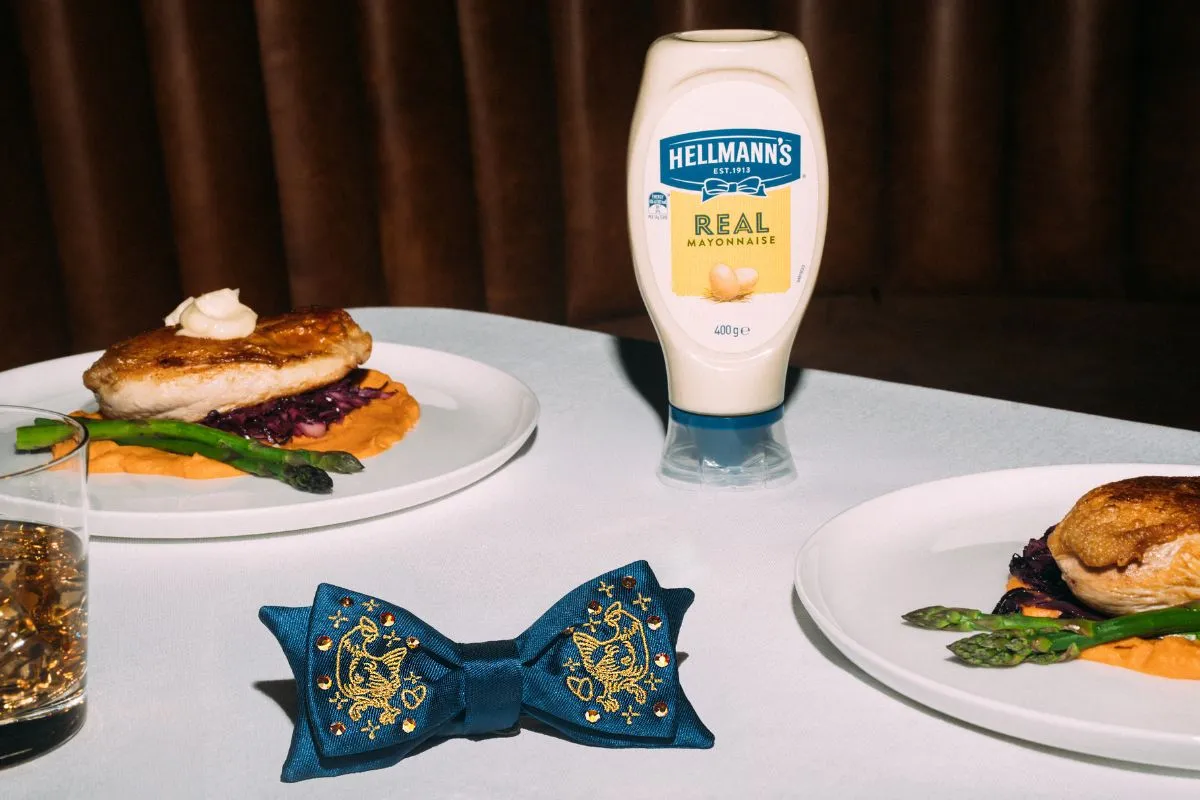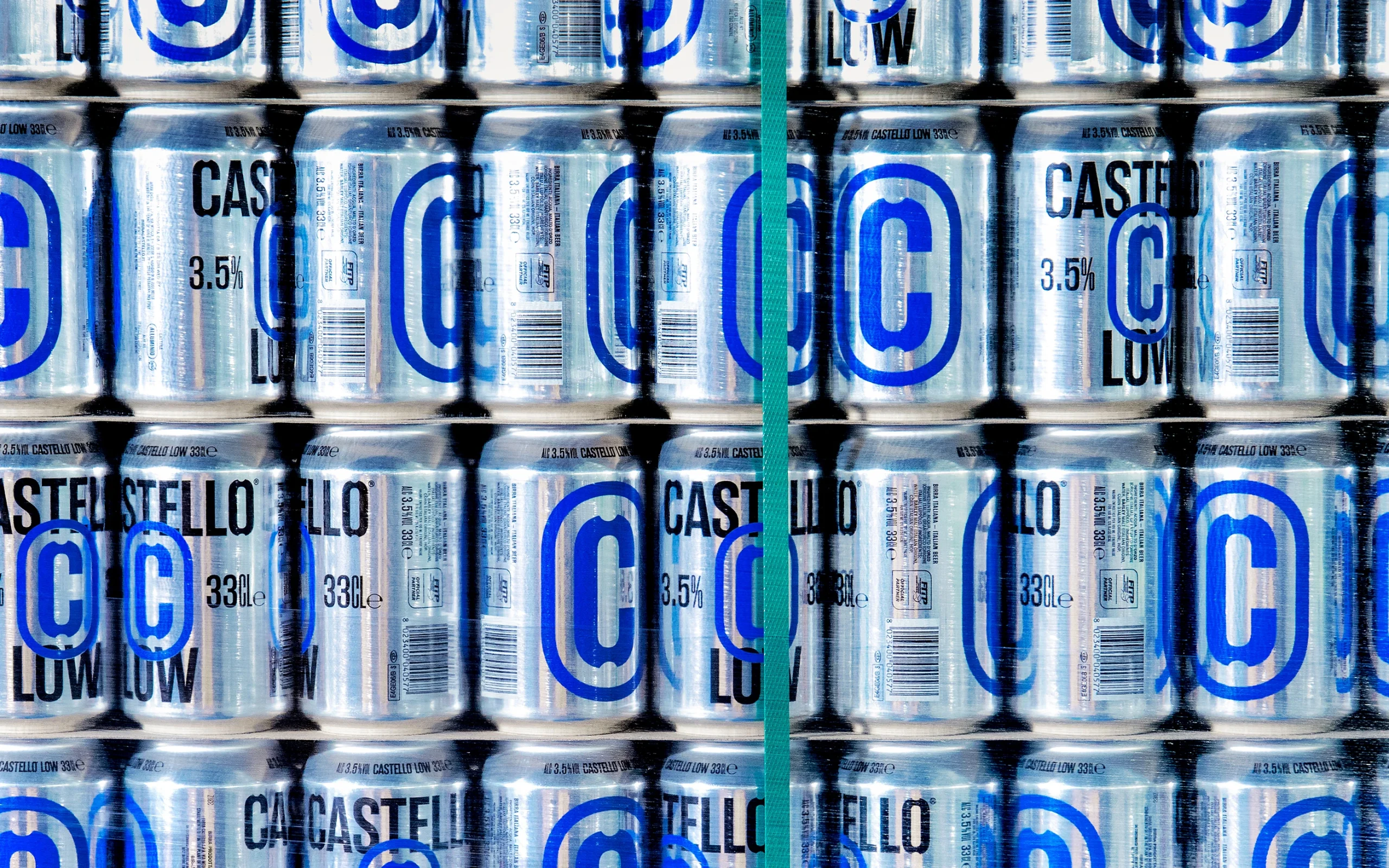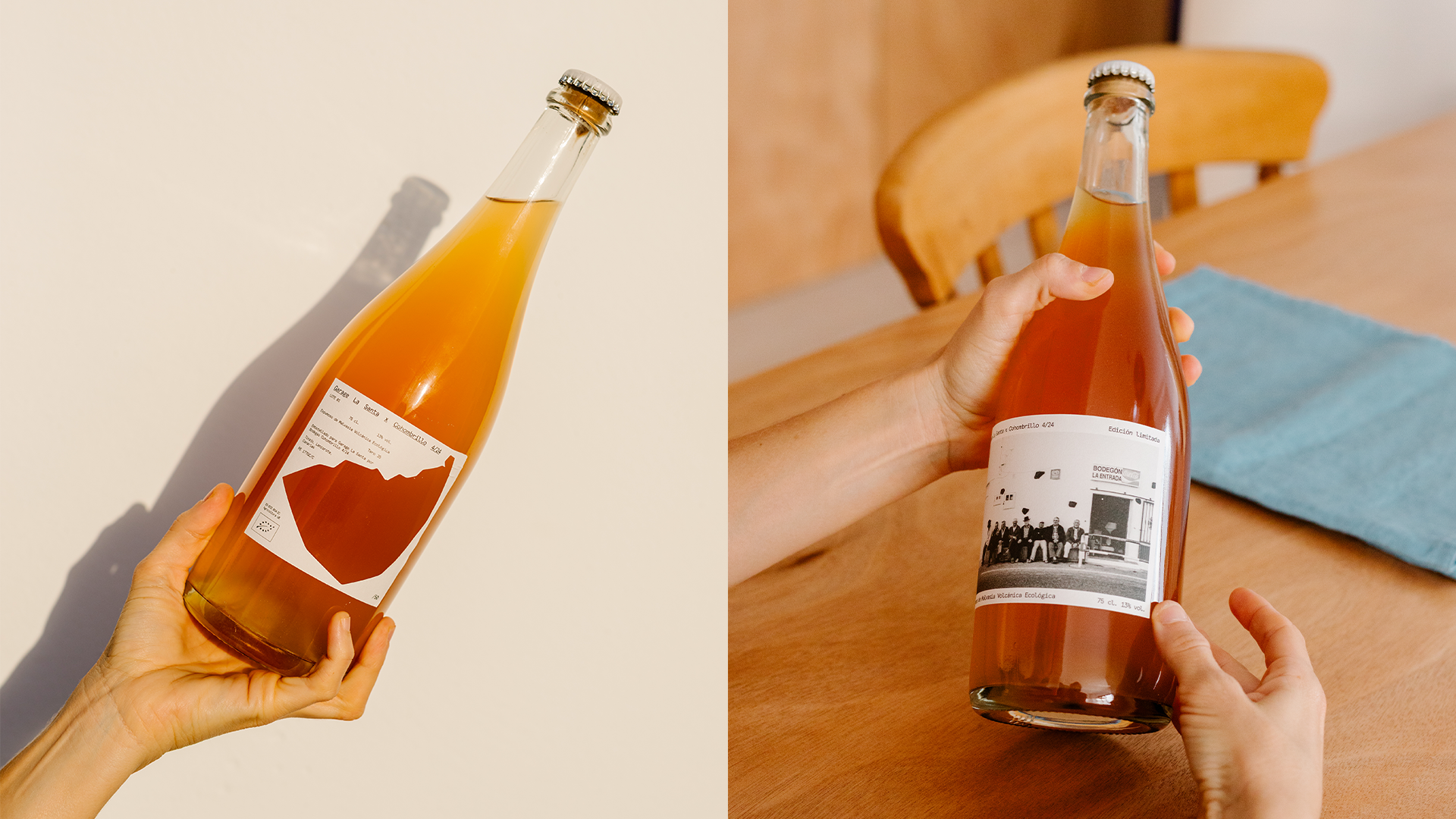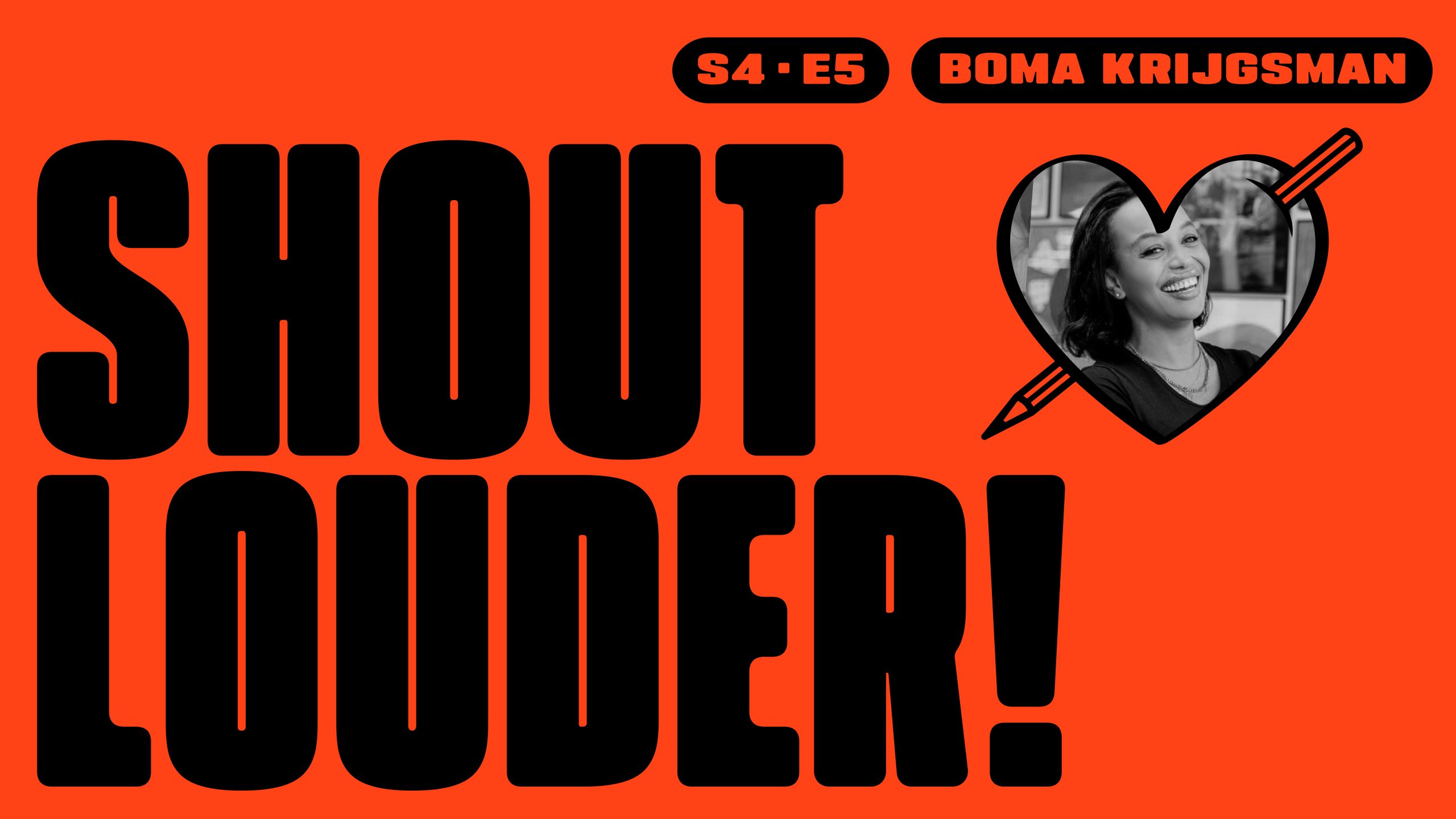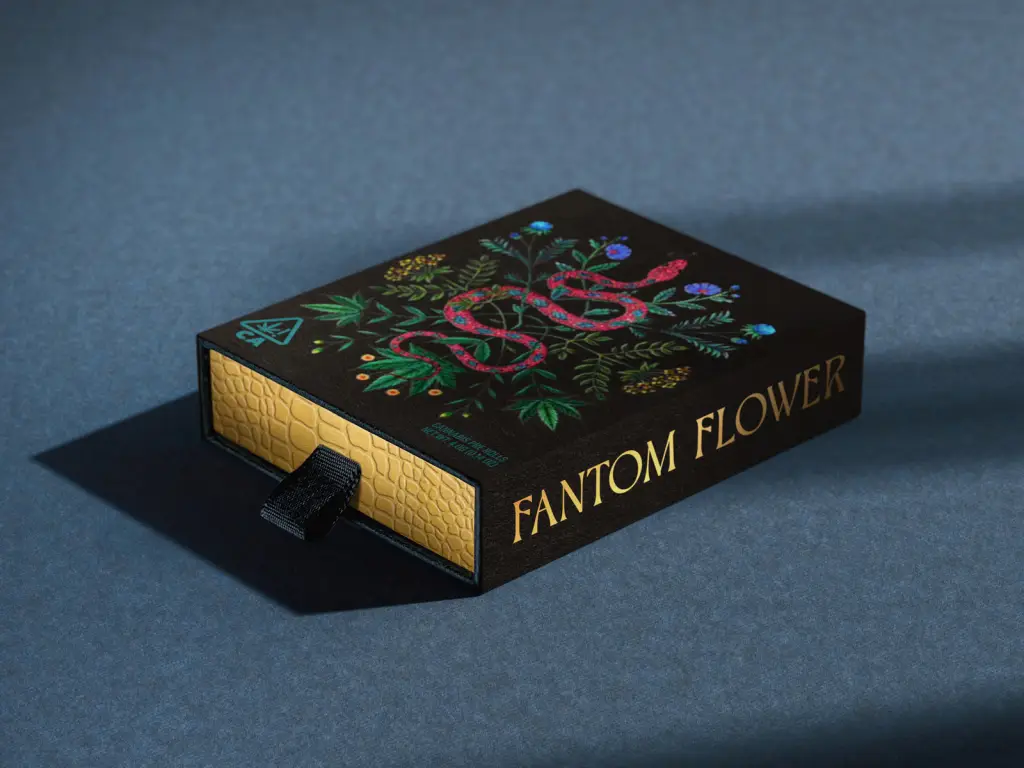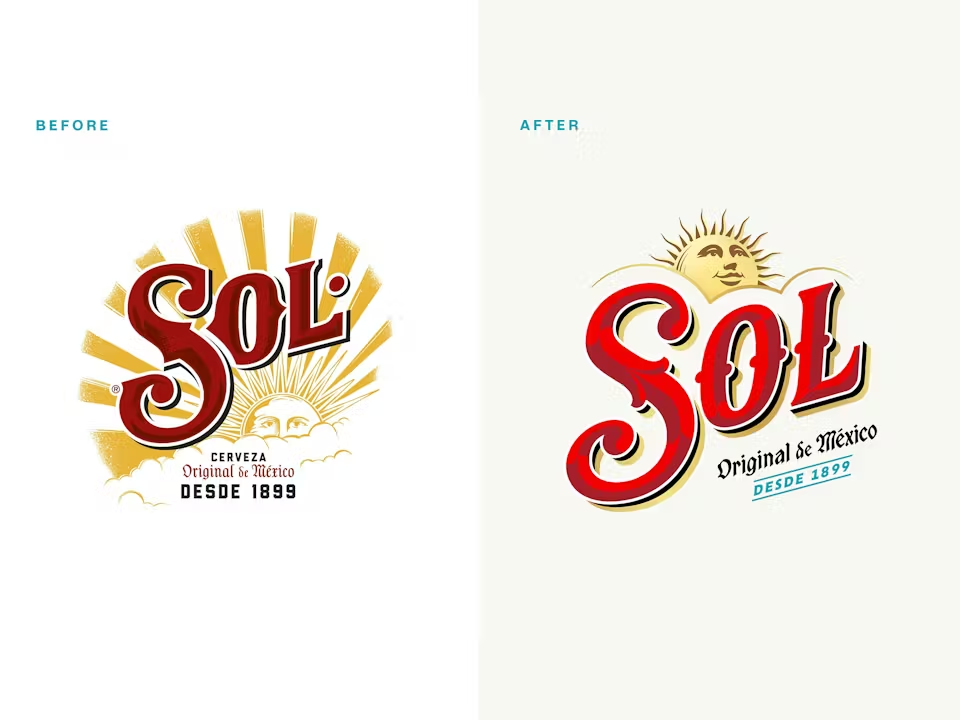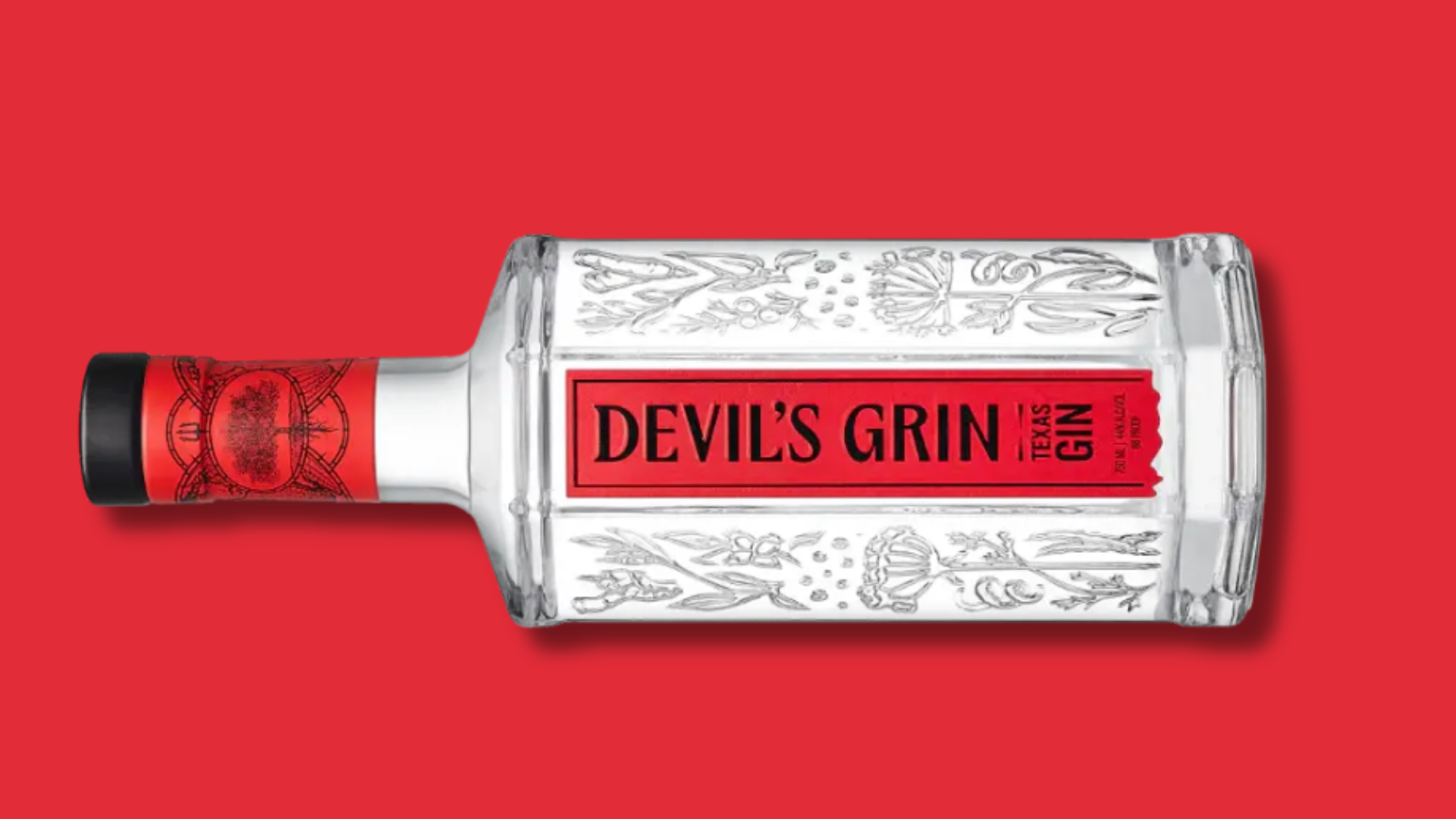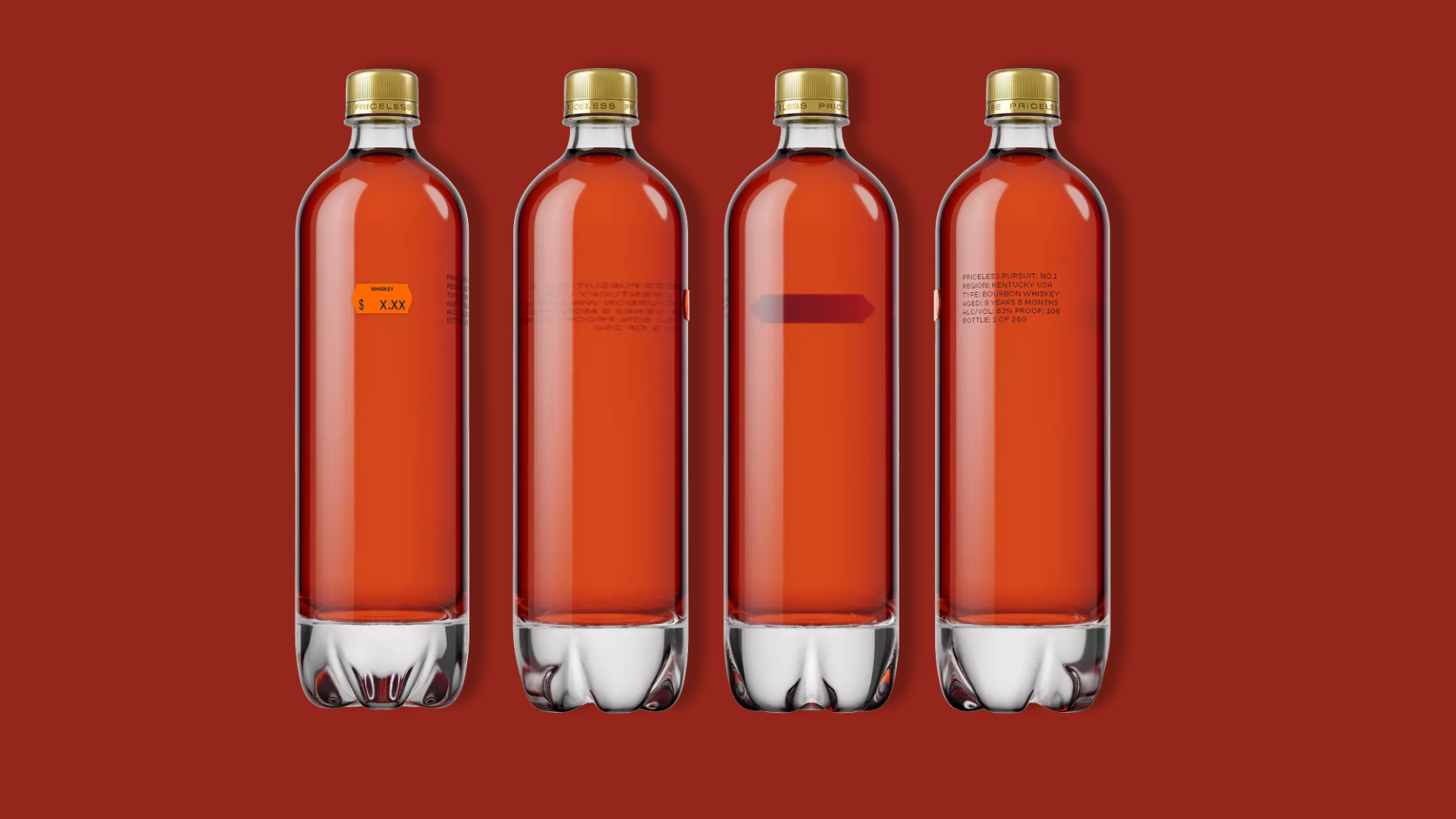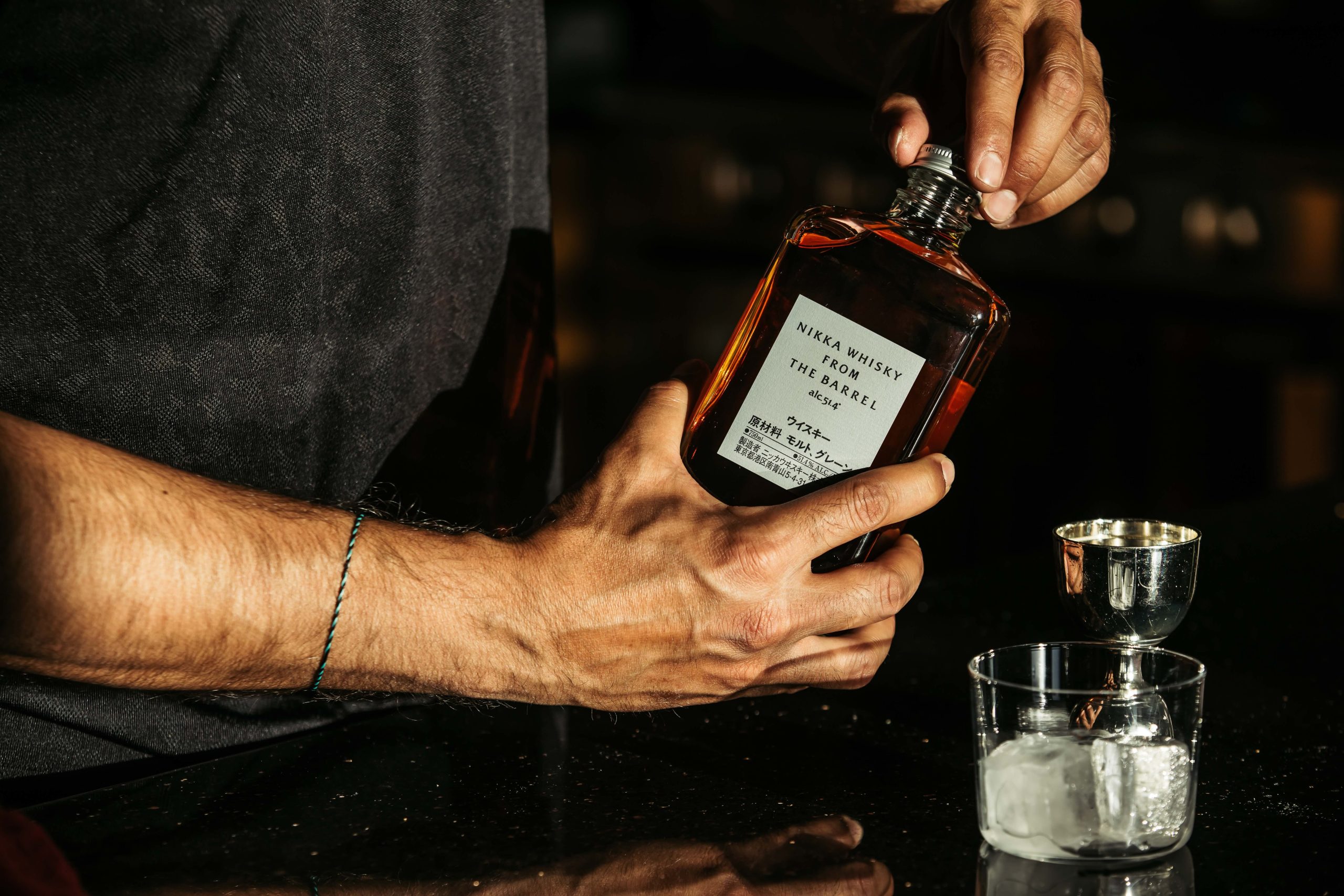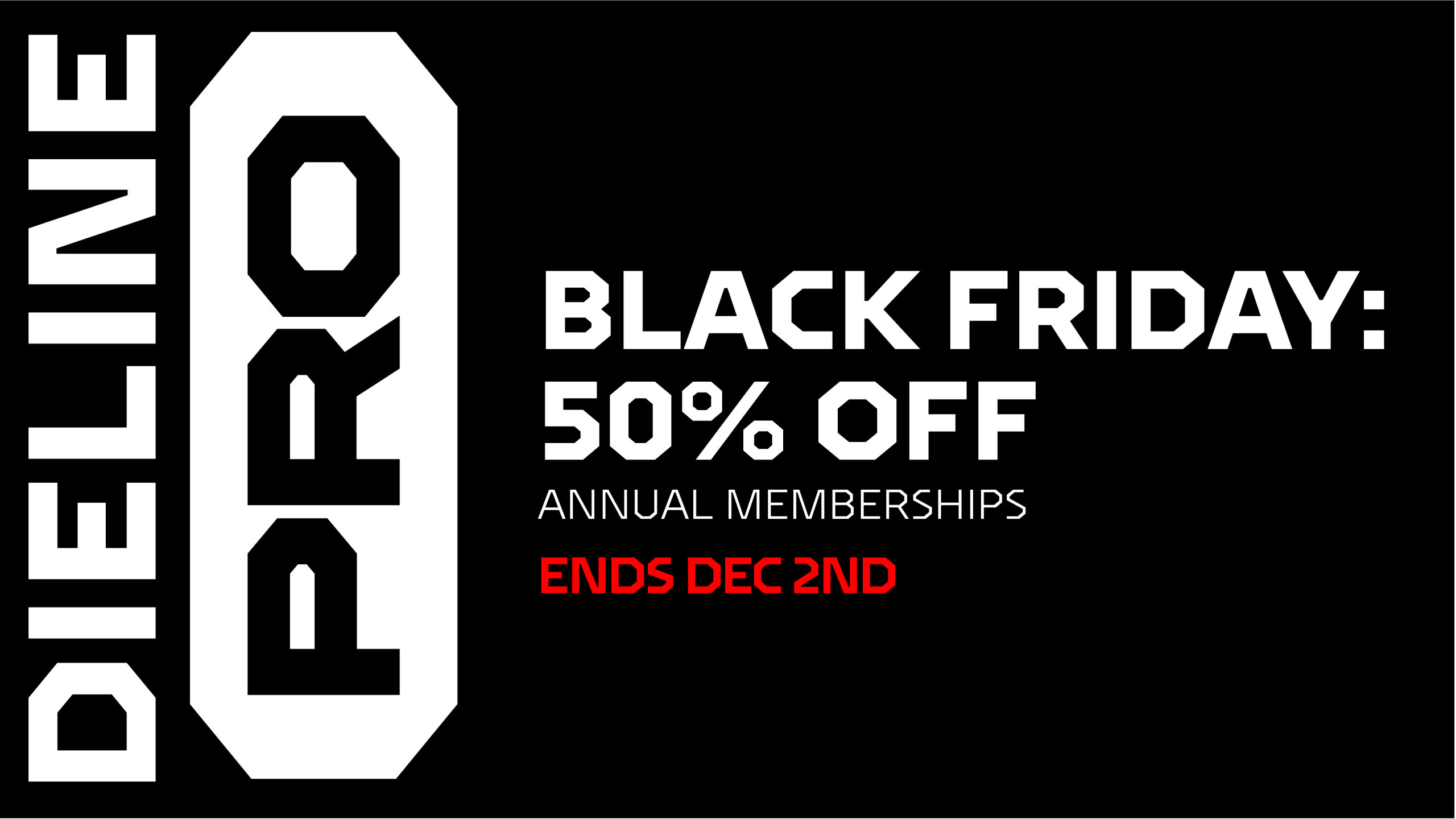

Sure, romantic love with another person is different than the love you might feel for one of your favorite brands (or at least we hope so), but they also share some similarities. Love makes us feel good—we experience it for whatever improves our lives in ways that we might not have known we even wanted or needed before. Whether this is your favorite person or your favorite store, the sentiment remains the same.
Brands don’t want consumers to simply love them, though; instead, they strive to sustain that love over time. It means the difference between a single sale and a loyal, lifelong customer.
Fjord and Accenture Interactive wanted to know the same thing. Together, they created The Love Index. Nan Nayak, Managing Director of Design Strategy at Fjord, mentioned, “Brands needs to map their customer journeys and understand the key experience moments that they need to get right. These moments need to be designed to meet expectations for each of their customers.”
